The Vanguard-class nuclear-powered submarine carrying Trident II (D5) intercontinental ballistic missiles has come to resemble a sea monster after an extended mission
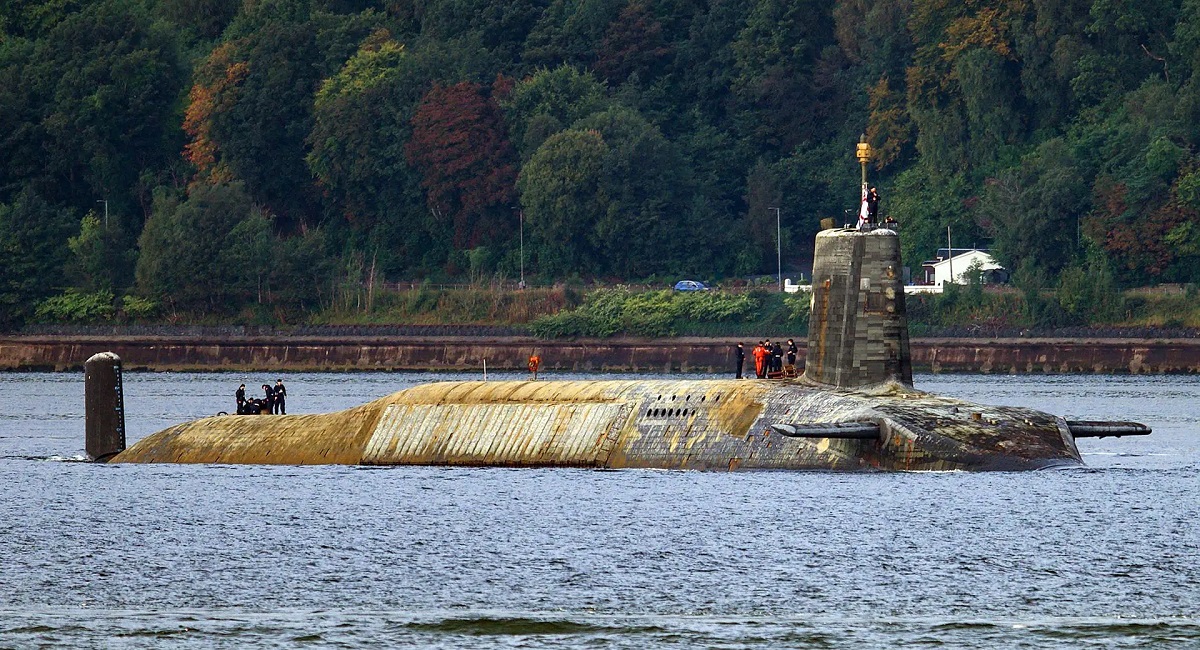
Long periods in the ocean without maintenance have a negative impact on the condition of submarines. Corrosion and severe rust can appear on the hull. This is exactly what happened to one of the UK Royal Navy's Vanguard-class nuclear-powered submarines.
Here's What We Know
Sheila Weir took rare images of the nuclear submarine, which is armed with Trident II (D5) intercontinental ballistic missiles and can carry dozens of nuclear warheads. The strategic missile cruiser is believed to have completed a six-month mission. In the photos, the submarine looks like a sea monster that has risen from the ocean after a long sleep.
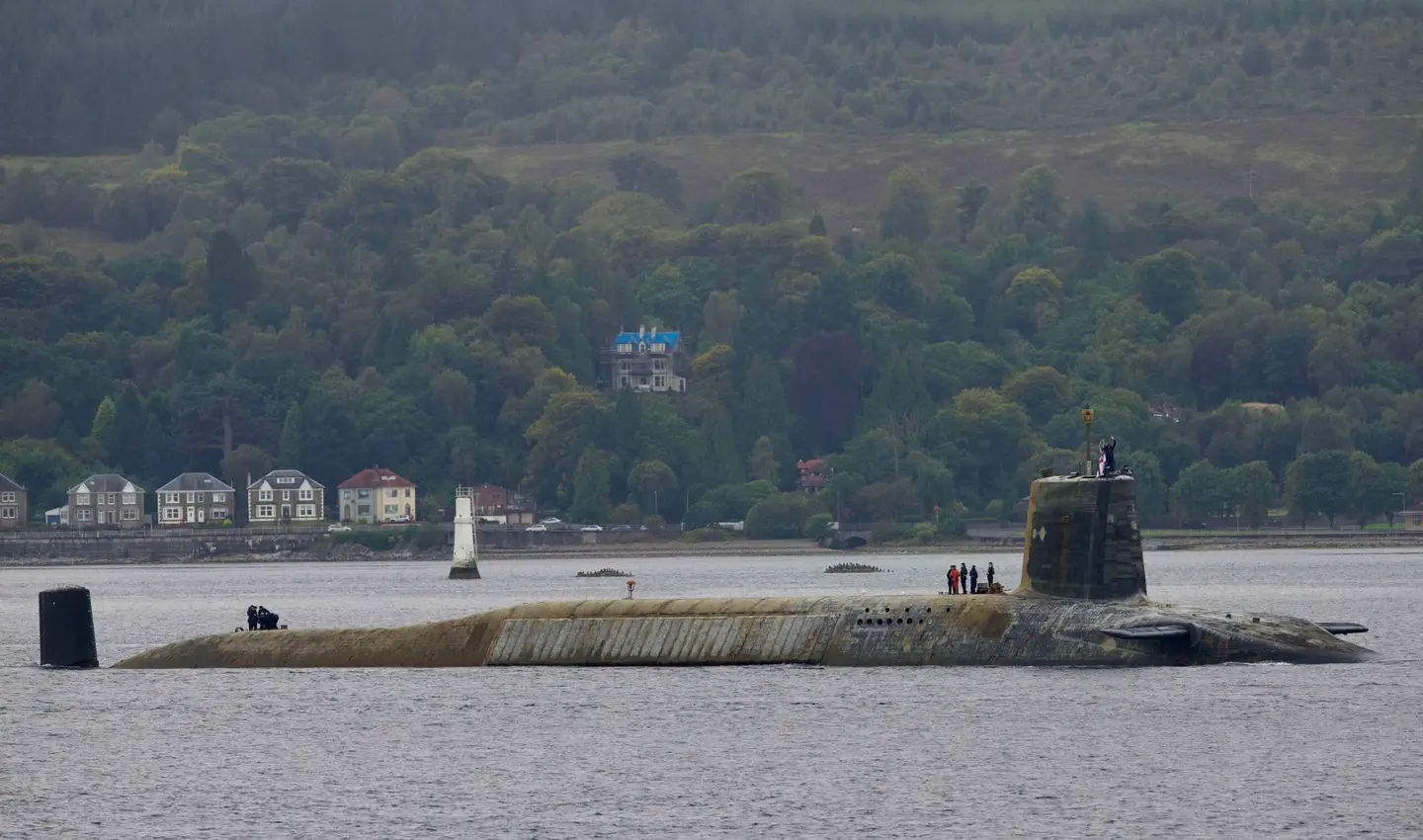
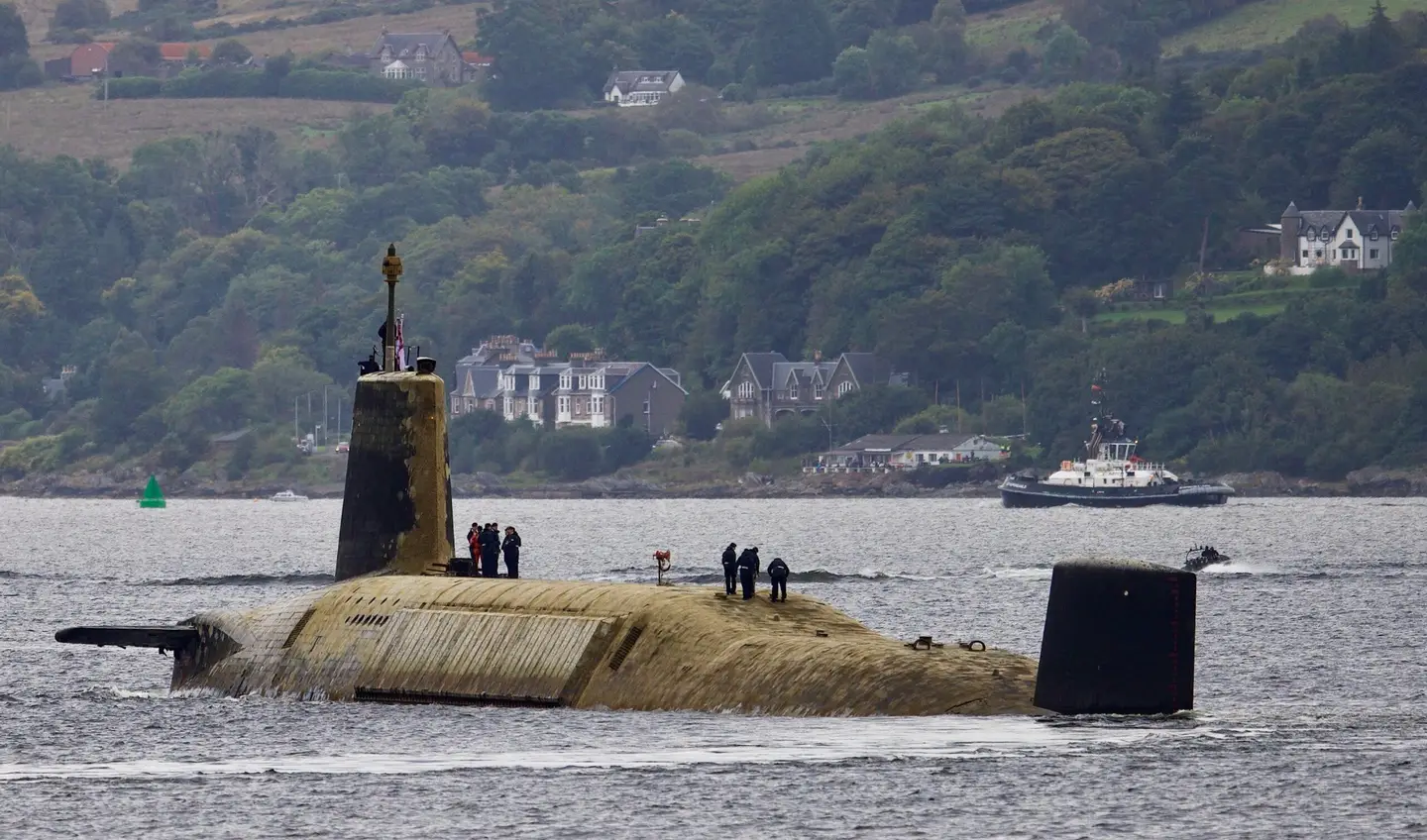
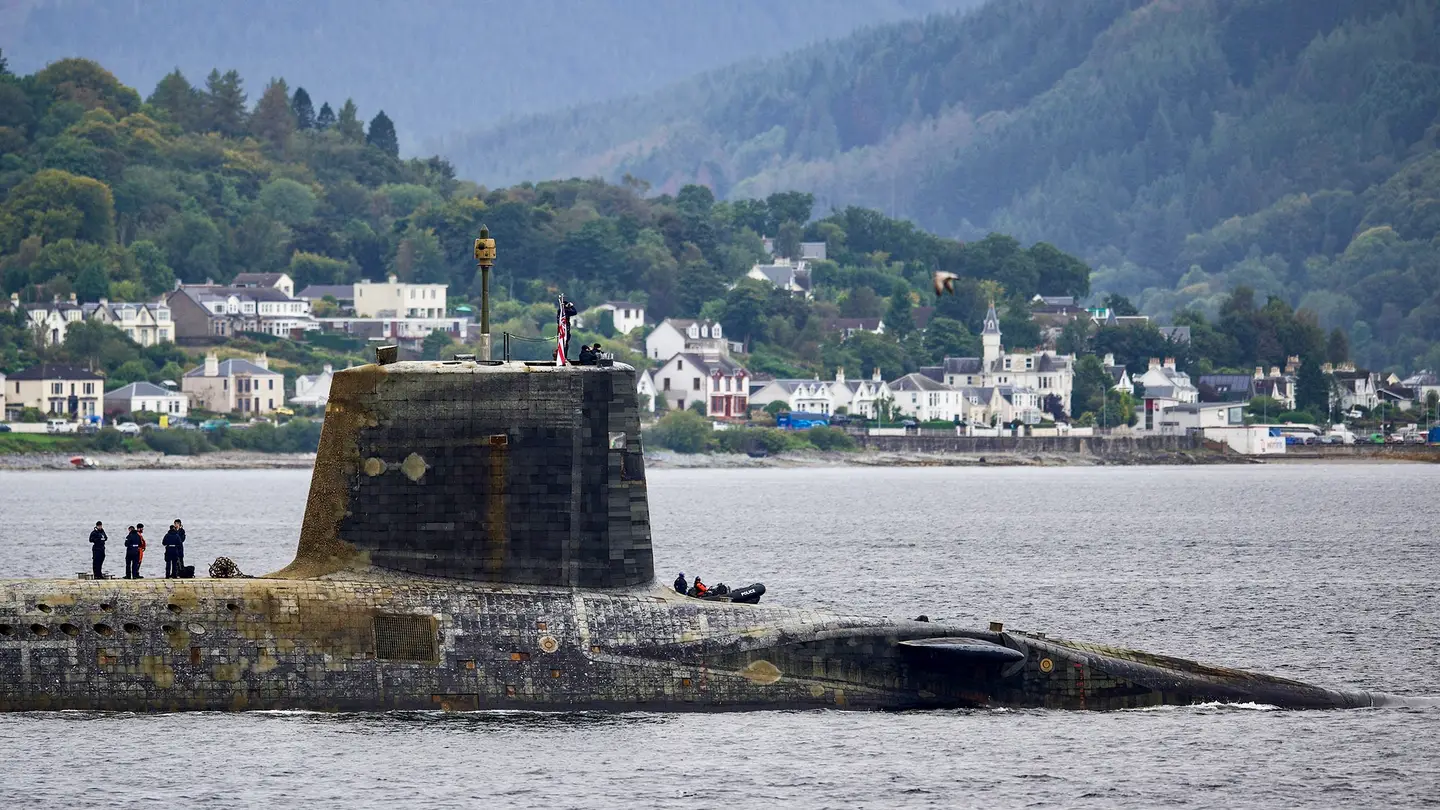
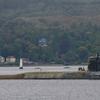
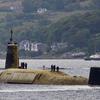
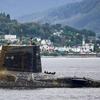
The pictures were taken during the nuclear submarine's return to Clyde Naval Base in Scotland. The UK Royal Navy has a total of four Vanguard-class submarines in service with Trident II (D5) intercontinental ballistic missiles that can carry nuclear warheads.
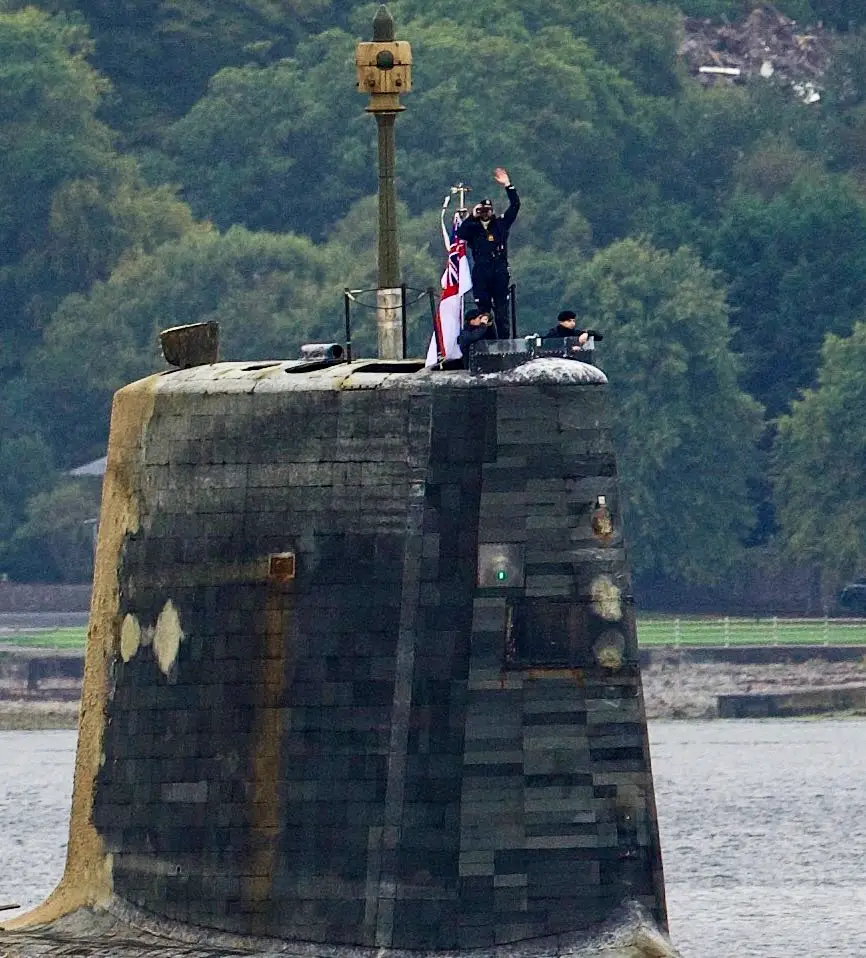
During their time underwater, the hull of the submarine has taken on a brownish-green hue. This is due to an accumulation of marine organisms. The problem is not completely solved, but there are special paints that partially prevent "marine fouling".
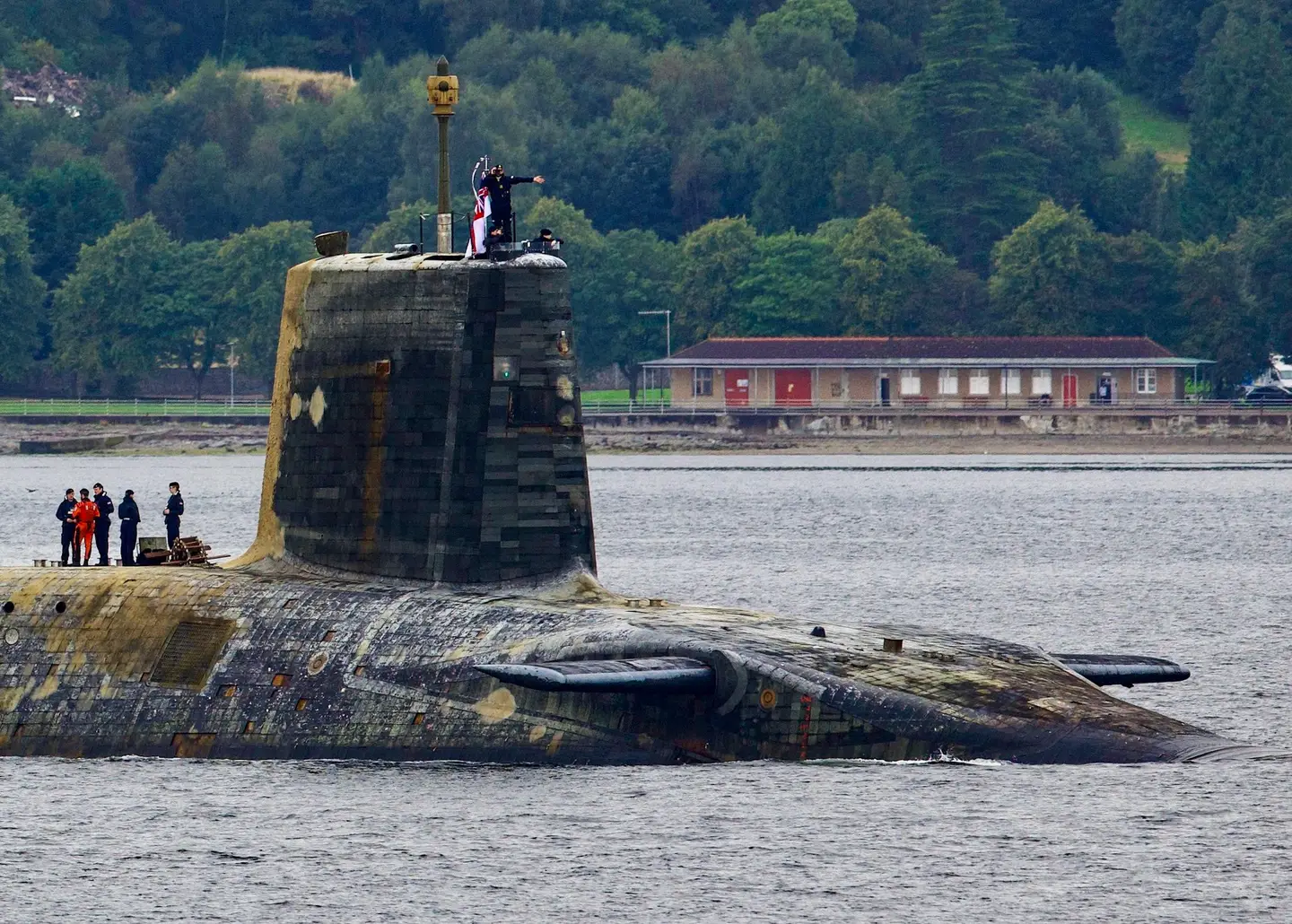
It should be emphasised that the Vanguard class submarine travelled to the base in Scotland without sound wave absorption equipment. This indicates that the mission of the strategic missile cruiser has come to an end.

As we noted above, the Vanguard class is represented by four nuclear-powered submarines. They are named Vanguard (S28), Victorious (S29), Vigilant (S30), and Vengeance (S31). In the next decade, they will be replaced by the next generation of Dreadnought-class missile cruisers. They too will carry Trident II (D5) intercontinental ballistic missiles with nuclear warheads.
Source: The War Zone